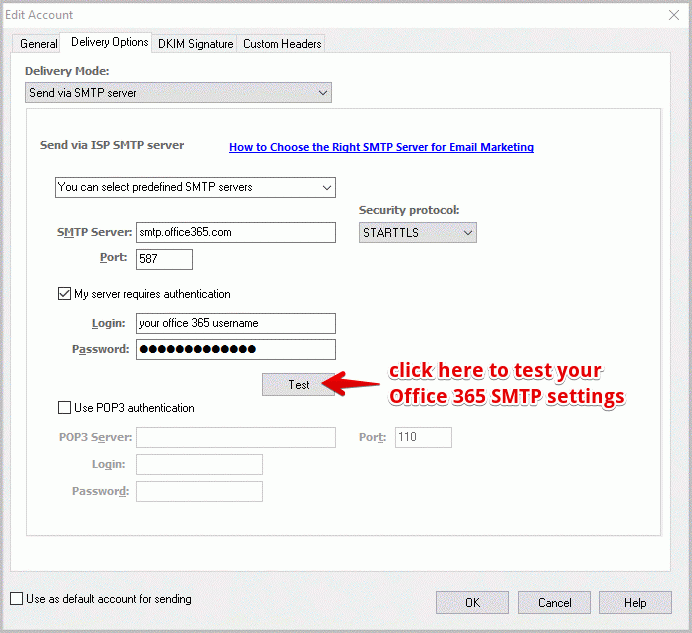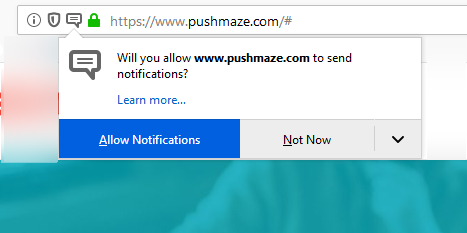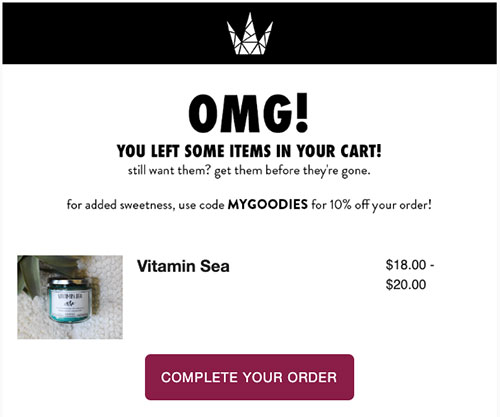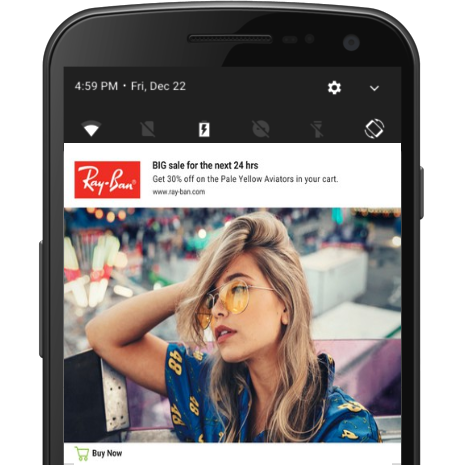Running an eCommerce business is a job with colossal responsibilities. Especially in the current scenario where there is massive competition from both domestic and international brands, you can’t expect to stand out without adapting to modern trends and strategic eCommerce solutions.
E-Commerce
Automation is one such strategy. Even as a one-man army, you can’t manage
everything about your business manually. Even if you could, you would always
find yourself lagging behind your rivals on one or the other grounds.
Therefore, if not all then at least certain aspects of your operation deserve automation to keep things seamless and competitive, especially, when your business grows big with time. In this article, we are going to enlist five such marketing automation ecommerce hacks that you can implement in your business and win conversions much better than your competitors.
Benefits of eCommerce automation for entrepreneurs
Automation might
seem like a deep word that demands hefty investments in AI and expensive custom
developments. However, automation is not always about expensive solutions.
Whether you are operating in the inventory model or multivendor marketplacemodel,you
can adopt various small and inexpensive automation strategies to streamline an
array of complex tasks with simple clicks of buttons:
- You can reduce human errors
from repetitive tasks - You can streamline your
business for expansion - You can save a lot of time,
money, and effort - You can increase your overall
productivity
E-Commerce automation hacks for your business
Be advised that automation and benefits of eCommerce automation are not limited to your back-end processes alone. You can enhance your eCommerce marketing strategy, shipping infrastructure, conversion optimization strategies, and many more things with simple automation.
1.
Automating your welcome notes
Greeting your
new customers with a warm note seems like a trivia. However, not many
entrepreneurs realize that this could be the first step towards acquiring a
loyal customer and building trust in your business. It looks like nothing, but surprisingly,
only 75% online stores greet their new customer and newly registered users with
a welcome note. It’s because sending welcome notes is a repetitive task and
requires manual labor traditionally.
Did you know that welcome emails receive 400% better engagements than any other kind of email you would be sending to your prospects at any time? It’s time you automate your welcome notes and use the opportunity to gain happy customers, promote your business, and build trust factors. You can automate your email notes with simple SMTP settings from the back-end of any decent eCommerce platform you are using. Here is a screenshot from the Magento back-end interface where you can set up your email SMTP with simple steps.

All other
popular eCommerce platforms have a similar setting that you can use to automate
your emails. In fact, many of these platforms also have the option to
streamline different welcome email templates either. If not present, you can
always install a custom module, plugin, or extension to get this feature; they
are not expensive.
What’s more interesting is you can add yet another channel to this automation with web push notifications as well. Besides welcome email, you can also start sending welcome push notifications to your customers and new users. The best part is push notification does not require any personal details of the customers or users. With a simple click on the ‘Allow’ button of a push notifications subscription dialog box, users agree to receive push notifications from your website.

Once allowed,
you can send any number of push notifications to such users at any time you
wish too. Remember this tool, as we will discuss further in this article about
how you can automate many other things with push notifications.
2. Automating your drip campaigns
Once you sort
your welcome campaign with email and push notifications, it’s time to order your
permanent communication channel with your customers in the long run. Drip
campaigns are all about streamlining a seamless conversion funnel for your
website that encourages a newly joined user to finally become a customer and
keep coming back. We are talking about restructuring your conversion funnel with
small automation.
The same email
and push automation tools we used for step one can also help you create smart
drip campaigns. You can set up different email, push, and even SMS templates to
keep in touch with the prospects in different stages. Here is an example:
- Day 1: Send a welcome note
- Day 2: Send an exclusive offer
for the new users. You can also club this with a welcome note. - Day 8: If converted, send yet
another offer or an update about new stock, other product recommendations, etc.
However, if not converted, send a gentle reminder with some FOMO elements, such
as limited time. - Days 15: It’s time to engage
with customers by being useful. You can send tips, links to shopping guides, or
anything that doesn’t sound like a sales pitch. You can also ask them to follow
you on social media, participate in polls or contests. - Day 20: Send new offers and
deals based on their past purchase history. Encourage them to shop more.
Get started with
drip email, push, and SMS campaigns. Some examples of email, SMS, and push
automation tools you can use for creating drip campaigns are MailChimp,
HubSpot, Twilio, iZooto, etc.
3. Automating your social media FOMO campaigns
Social media is
the best place to create FOMO among your prospects. This is the place where
they remain updated of your new stocks, new offers, and about what everyone
else is buying these days. In simple words, you can use your customers to
encourage others to purchase by simple FOMO automation via social media.
Encourage your
customers to follow you on social media, tag you in their posts, and share your
offers and deals. You can use some motivation factors like exclusive discounts
or entry into an exclusive membership plan and events. When others will see
these people engaging with your business, they would also develop an interest
in knowing what’s going on. You can use different social marketing tools to
automate this entire process. For example:
- A tool to schedule your social
media posts - A tool to track social media
mentions about your brand - A tool to fetch your social
media feeds on your website - Social media Ads re-targeting
tools and services
Examples of the
tools you can use are CoSchedule, Hubspot, FOMO, Buffer, BuzzSumo, Hootsuite,
etc.
4. Automating your referral and affiliate marketing programs
Referral and affiliate marketing have become an eminent part of any eCommerce marketing strategy these days. Whether you run a small online store or a giant multivendor marketplace, you need these two components to entice your prospects.
By giving some
benefits to both referrers and referred users, you can expect to gain quick
popularity; thanks to the strong influence of word of mouth marketing on online
shoppers these days. Users can reoffer other users to join your store or
purchase a product and gain exclusive discount coupons, or affiliate
commissions.
Luckily, many
eCommerce platforms have inbuilt systems for discount coupon management,
affiliate marketing, and referral programs. However, those who lack these
features have the option to install certain modules and extensions to acquire
these features.
For example, you
can search on Google about Magento affiliate marketing extensions, PrestaShop
referral program modules, WooCommerce discount coupon add-on, or for any other
platform you use. There are also standalone solutions in the market that you
can integrate using their provided APIs, such as ReferralCandy, RewardStream,
etc.
5. Automating your abandoned cart recovery
It’s now a fact that small web stores as well as massive multivendor marketplace.
sites can’t
avoid the cart abandonments. You can reduce them up to an extent using some UX
optimization strategies, but some of the abandonments are just eminent.
Therefore, you shouldn’t stop optimizing your store but also create an
abandoned cart recovery strategy in parallel.
One such strategy is creating automated email and push campaigns to send gentle reminders to the users who abandon your shopping carts. There are two ways to create such campaigns, and you must use both for better results:
Email: You can use a shopping cart recovery module or extension in your eCommerce platform for tracking the abandoned carts. Such tools are capable of capturing the email address of the users who add products in their carts but don’t complete the purchase. The module will create a separate email list of these users in your database, which you can integrate with your email marketing tool to create an email drip campaign.

Push notification: There are push notification tools and services in the market that possess inbuilt abandoned cart tracking systems. You can program these tools to track such users and send automated push notifications using set templates. You can create a drip campaign and set different push templates that the tools will use accordingly at different stages of the cart recovery campaign.

In either of the
cases, you have to create some templates and tweak some settings to design your
campaign. You can program the tools to use certain coupon codes, the timing of
the reminder, frequency of the messages, and segment users based on different
behaviors. Strategic utilization of a mix of these tools can automate your
abandoned cart recovery and help you win back your conversions without manual
labor. If you want to stay competitive in the market, that’s the kind of eCommerce
automation you should aim for today.
To conclude
There is no
shortage of ways to acquire useful eCommerce automation for your business.
Let’s not forget about the AI chatbots. Although they are expensive, but have
proven to be one of the biggest automation tools in not just eCommerce but
every other domain. Besides, there are tools to automate certain pop-ups on
your site either. You can trigger exit intent pop-ups, newsletter subscription
pop-ups, stock alert pop-ups, and many more.
In short, AI chatbots and virtual assistants maybe the ultimate automation solutions for the entire business process automation, but they are not accessible to small ventures easily. However, that doesn’t mean you can’t automate your eCommerce marketing strategy and many other aspects without spending a fortune. There are ways to do it, and we saw that in this article.
Want to learn shopify drophipping and Amazon FBA?
Checkout this thorough discussion on dropshipping vs amazon fba pros cons! It’s an informative read that will save you getting down the research rabbit hole!



 Bitcoin
Bitcoin  Ethereum
Ethereum  XRP
XRP  Tether
Tether  Solana
Solana  USDC
USDC  TRON
TRON  Lido Staked Ether
Lido Staked Ether  Cardano
Cardano  Avalanche
Avalanche  Toncoin
Toncoin